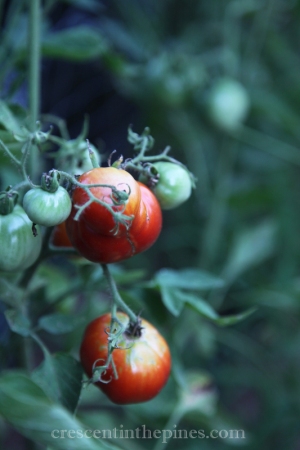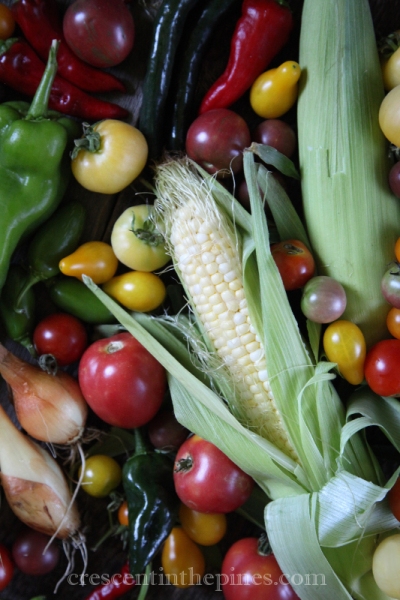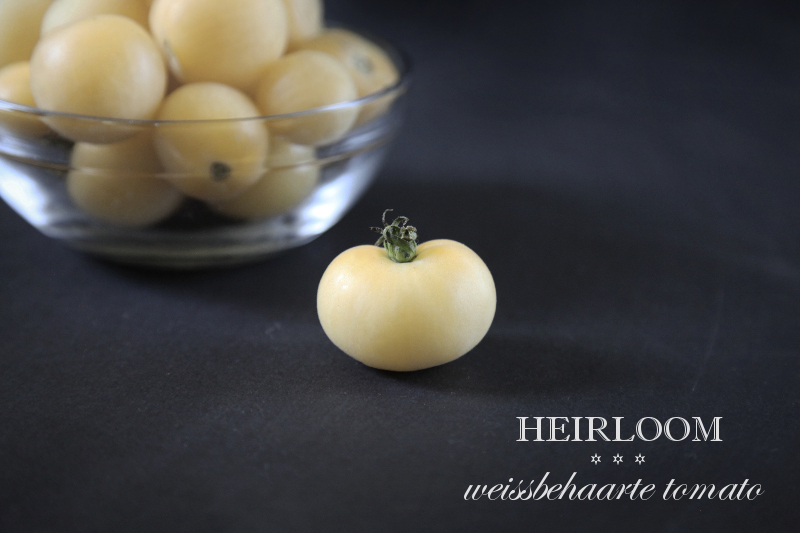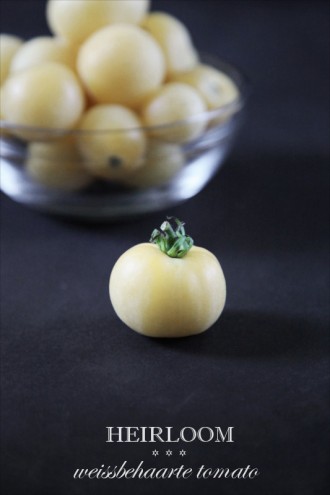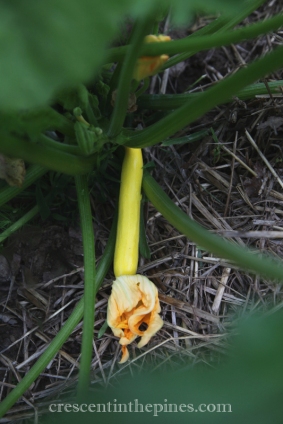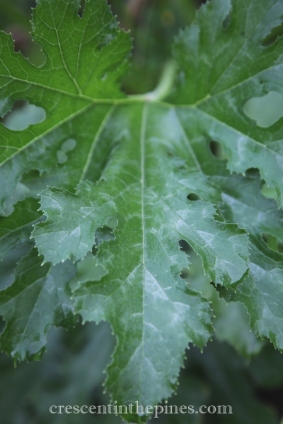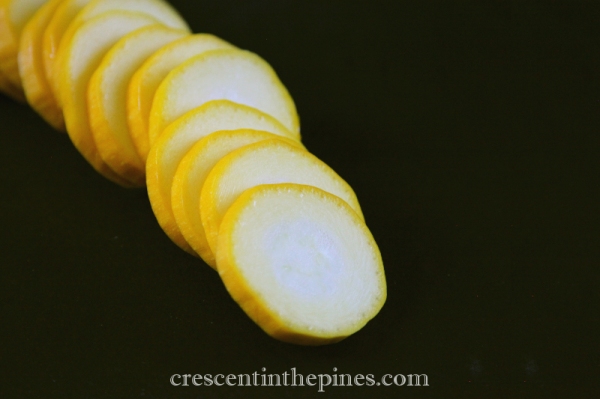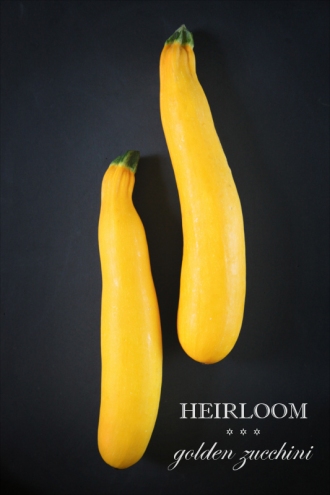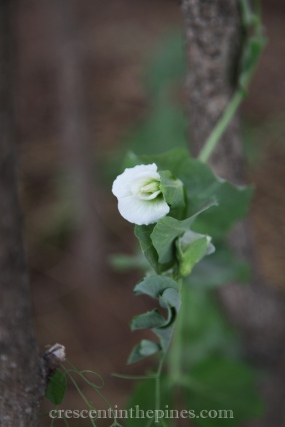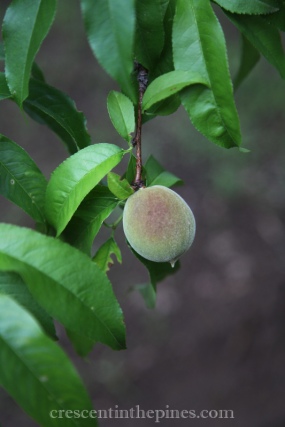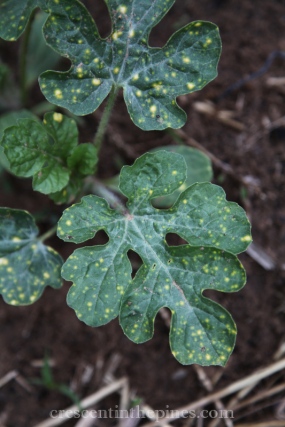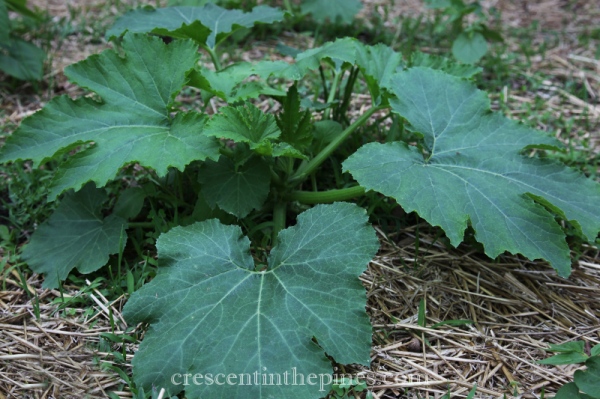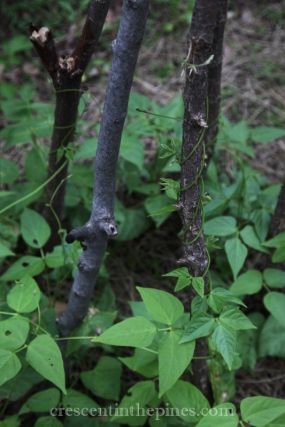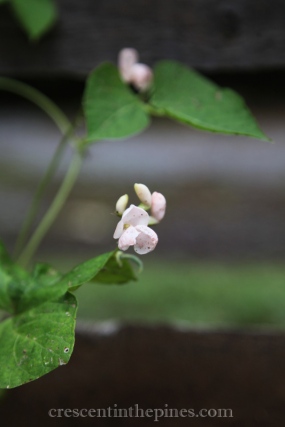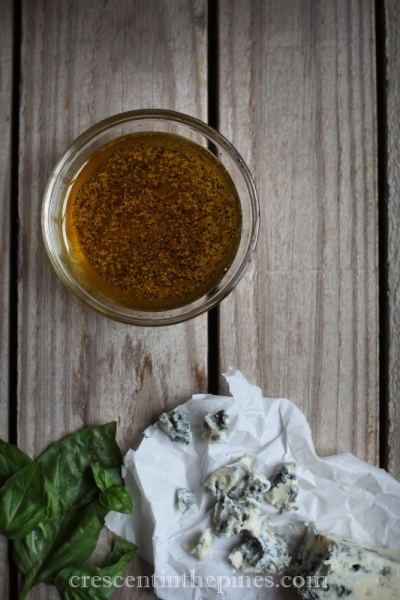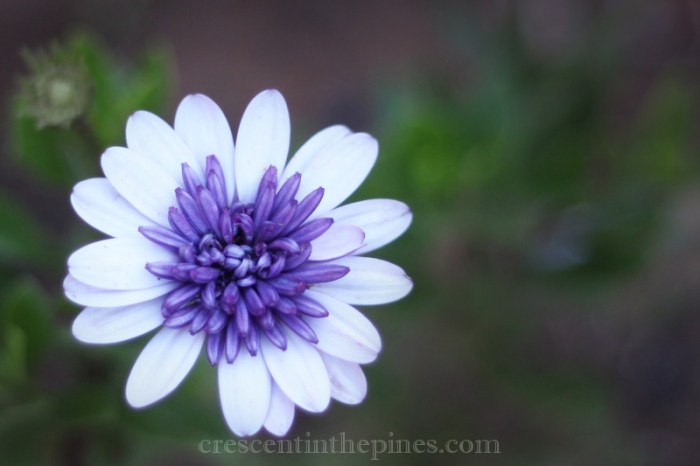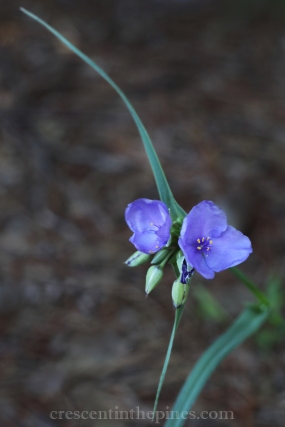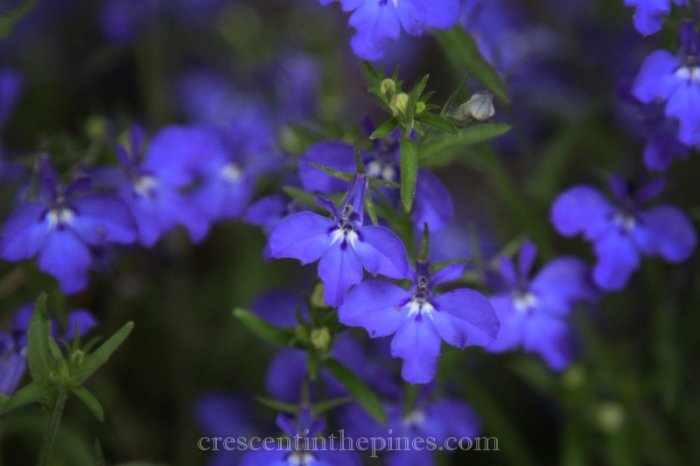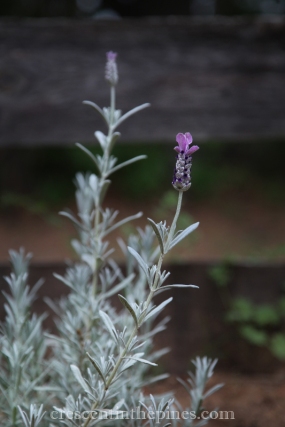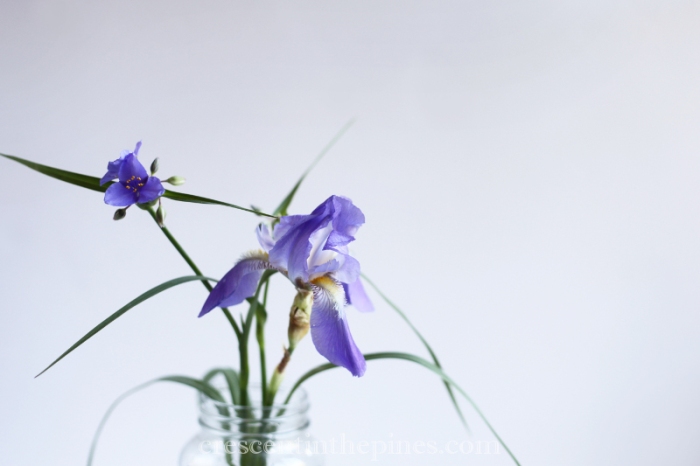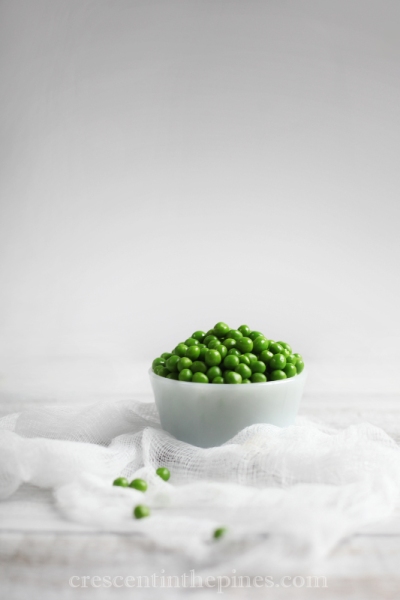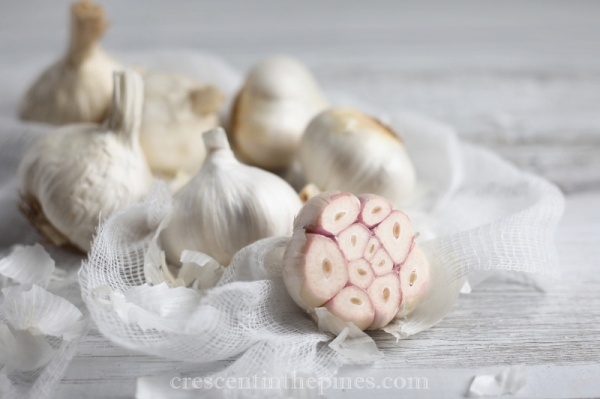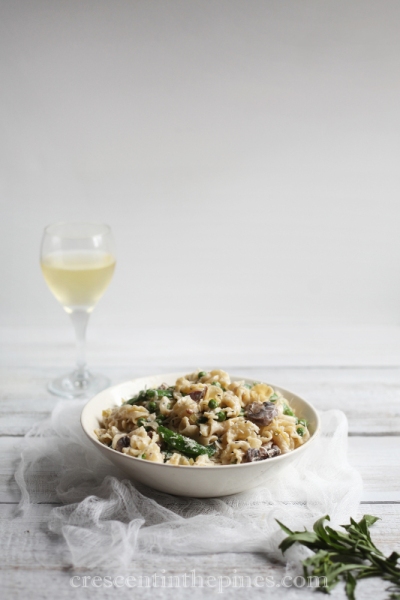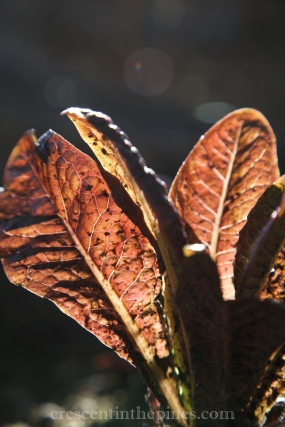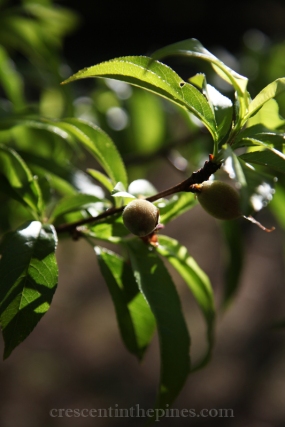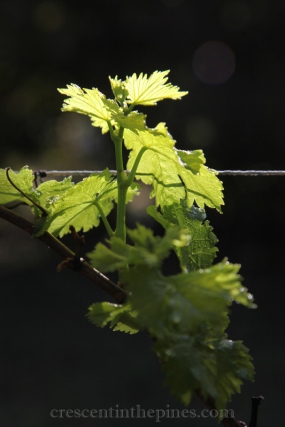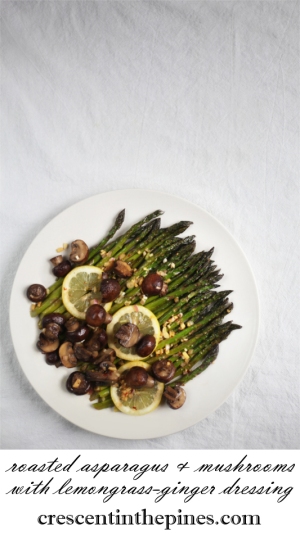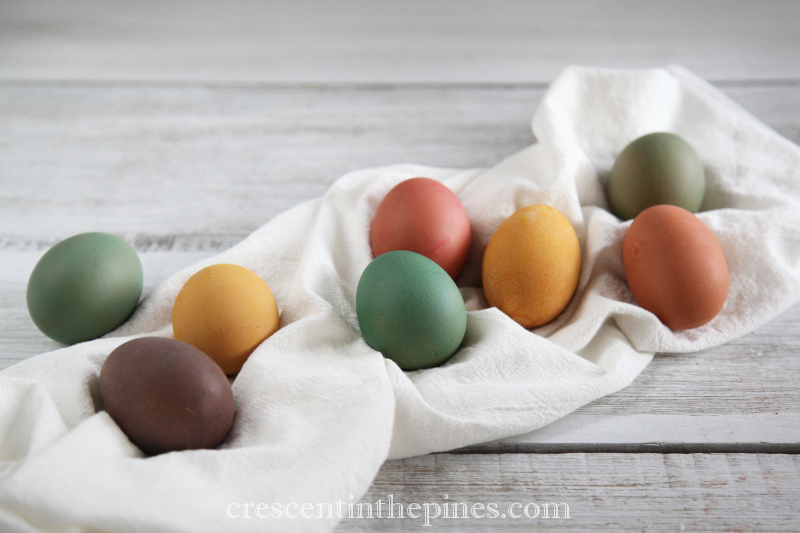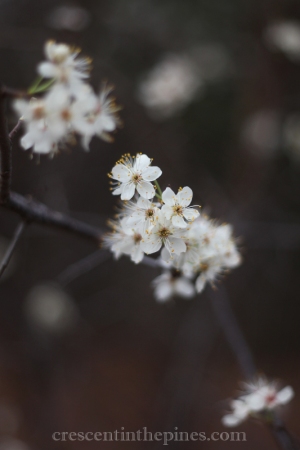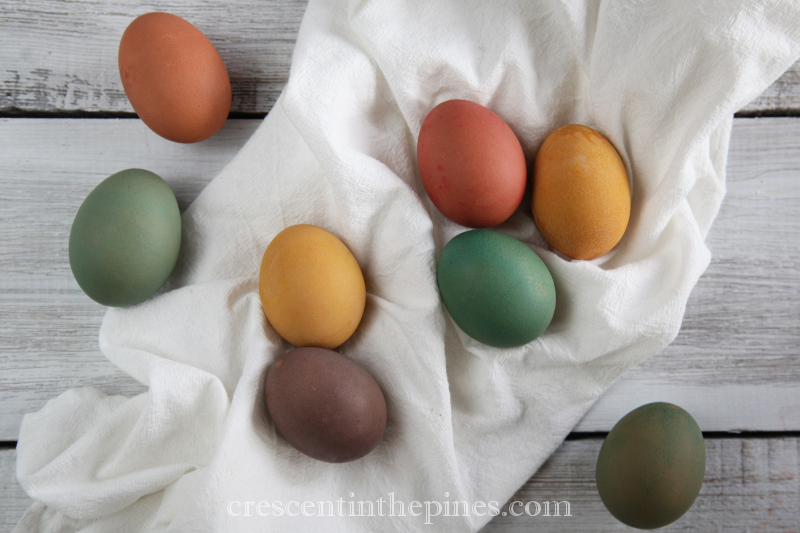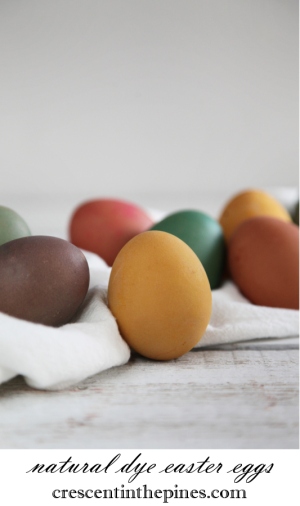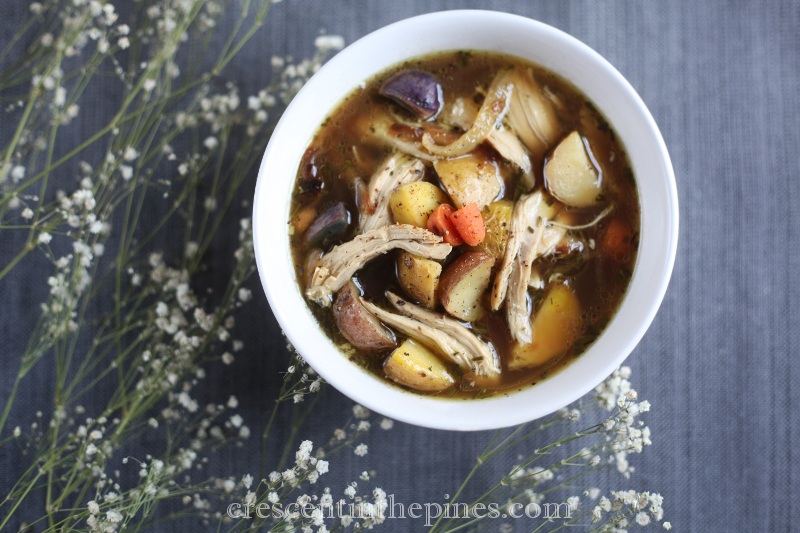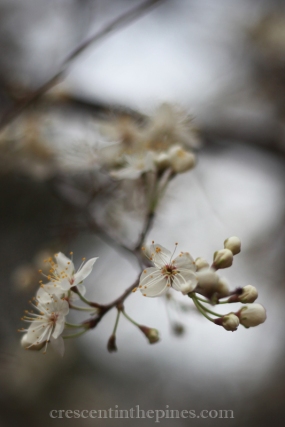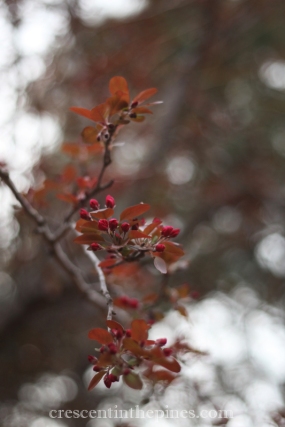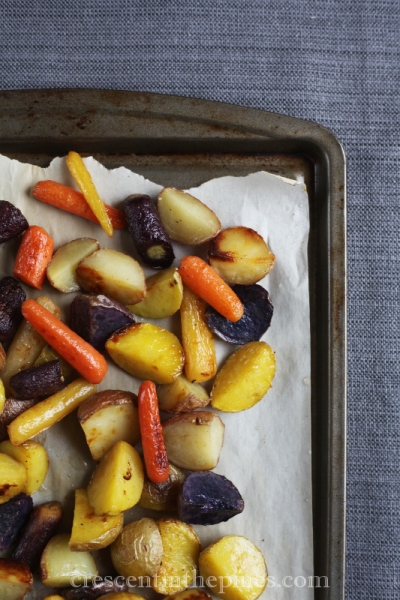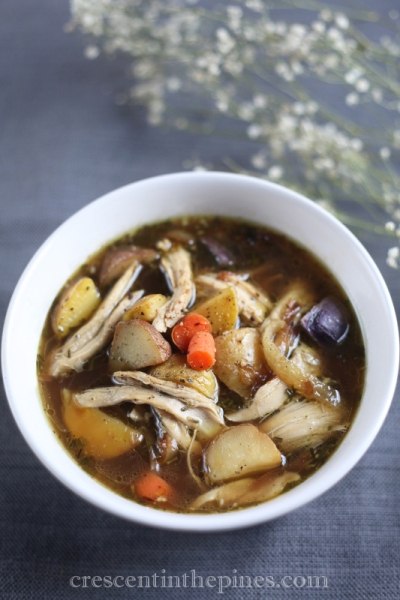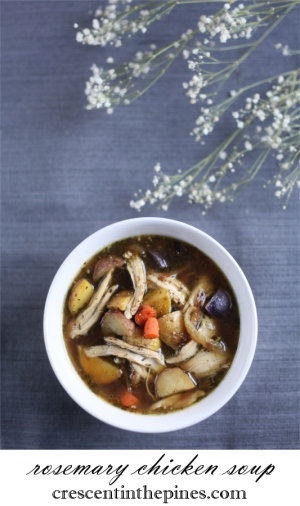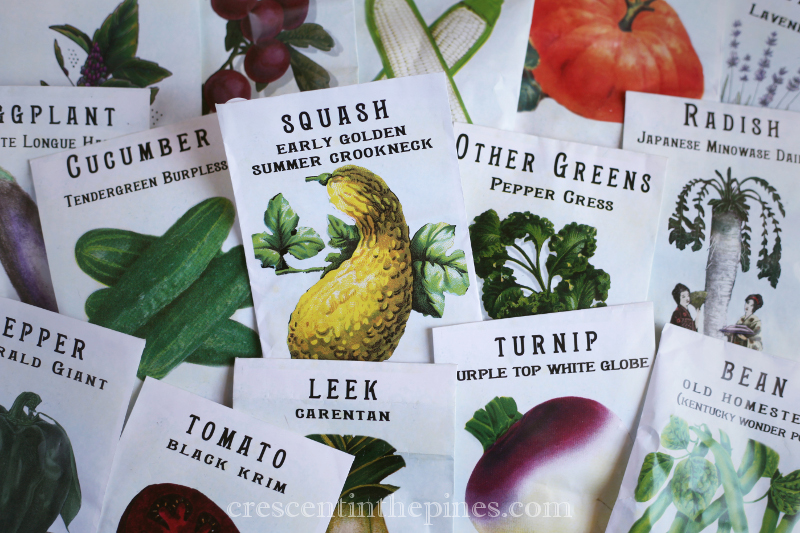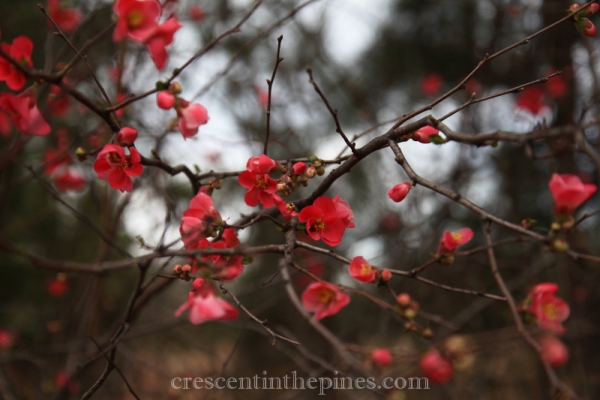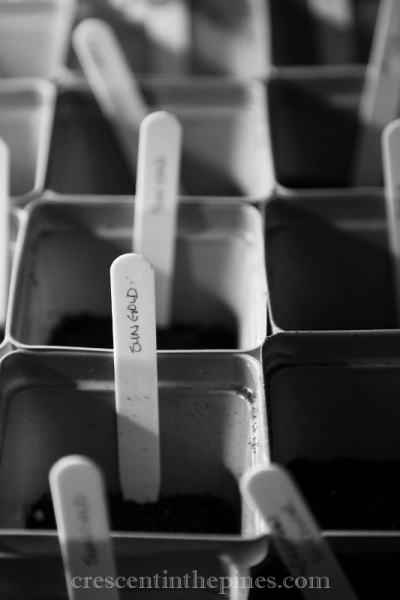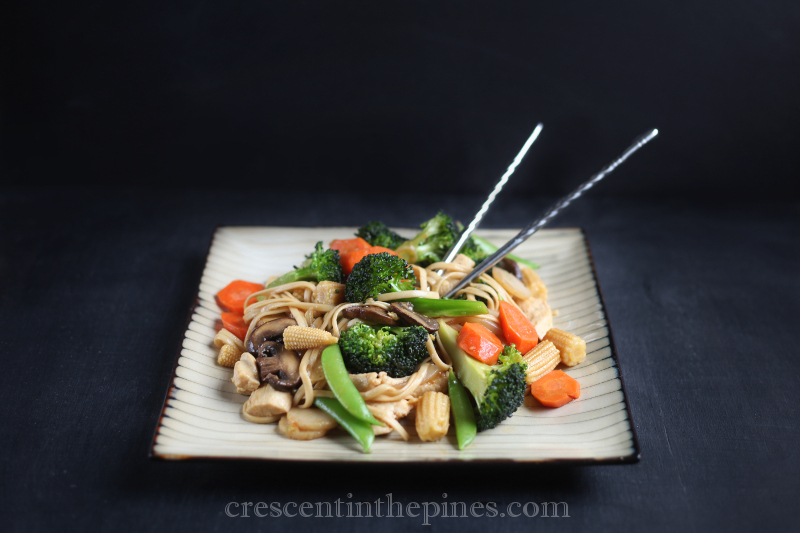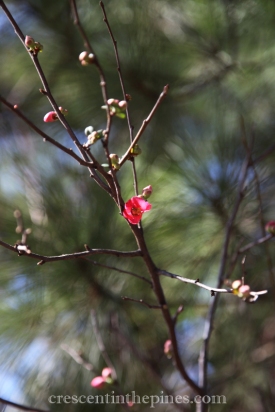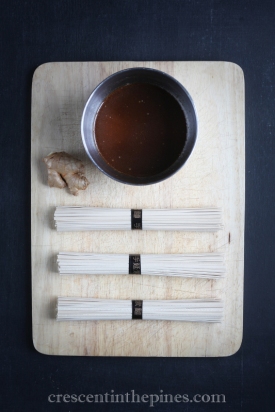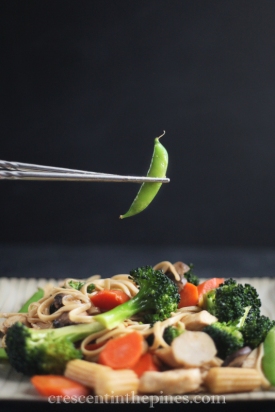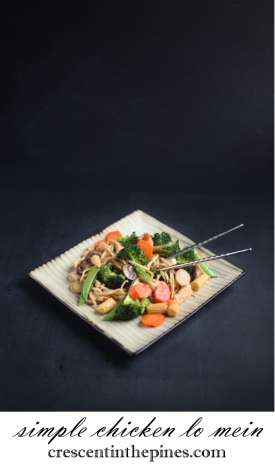Summer is more so an emotion than a season. Annually it arrives, heat and hazy sunlight, a shimmering mirage of memories forgotten and ghosts of summers past, of childhood and yesteryears. And each summer has its own personality. Some come particularly hot and lazy, sprawling languid and driving anyone within reach to naps and slow eyed ruminations. Others come cool and soft, all lush greens and gentle breezes. But the best days are the rainy summer days.
Awake and ready to face the morning’s tasks, I wasn’t what you could call saddened at the sight of rain coming down the a.m. A cup of coffee and front porch sitting in the cool air came as much needed comfort. I frequently forget to pause lately and those not so subtle reminders are less pesky than welcome.
Gardening is in full swing with necessary tasks compiled daily. Weed, water, harvest, prune, keep vigil for pests, fertilize, repeat. In that way, the art of gardening is imitating life lately. A series of tasks toward a higher goal eating up hour after hour of every passing day. And in the heat, the early bird gets whatever the early bird gets before the sun rises too high and that time is long devoured in fast course. But not today. Today the rain came down, rhythmic and soothing. Soft summer rain is among the finer things in life, cleansing, cradlesong like in its ability to soothe a too hurried mind.
With only time left for a few quick tasks before the post rain humidity and heat came for the day, harvesting was tantamount. Harvests have been plentiful this season, to the point of necessitating either giving away bags of vegetables or coming up with new ways to use them on the fly. This recipe is one such concept. Love standard cornbread though I do, I have never been a Bible (or recipe book) thumping cornbread purist and frequently play with adding seasonal items or cheese or spices, among other ingredients.
Cornbread lends itself ideally to mashups with new ingredients, both holding its own flavor yet being mild enough by nature to allow additional ingredients a platform from which to shine. In this case, vegetables are the feature, with the fresh corn amplifying the bread’s flavor and the other veggies playing off same. I used what I had an abundance of but do play with this platform, adding and subtracting with whatever vegetables you have available. Fresh from the oven with a bit of butter, this bread is perfect to enjoy on the front porch while summer rain comes down.
HARVEST CORNBREAD
 ½ cup melted butter
½ cup melted butter
2 cups self-rising white cornmeal
½ cup all purpose flour
1 ½ cups buttermilk
2 large eggs
1 cup corn kernels, divided
1 cup cherry tomatoes, halved
1 jalapeno or other pepper of choice, sliced
¼ cup thinly sliced red onion
Preheat oven to 425. Pour approximately 2 tablespoons of vegetable oil into a 10” cast iron skillet and preheat the skillet in the oven for 5 to 10 minutes.
In a large bowl, whisk together cornmeal and flour. In a medium bowl, whisk together egg, melted butter and buttermilk. Add the buttermilk mixture to the cornmeal mixture and stir until moistened. Fold in 2/3 cup of the corn kernels. Pour batter into pre-heated cast iron skillet.
Bake for 10 minutes. Carefully remove skillet from oven and top partially cooked bread with remaining 1/3 cup of corn and tomato, pepper, and onion. Return skillet to oven and bake until golden brown, 15 to 20 minutes longer. Remove from oven and immediately remove from skillet.
Notes:
I do love cheese and this recipe is perfectly suited for the addition of about a cup worth. Use any kind you prefer and divide it evenly between the batter mixture and the top of the bread or just sprinkle it on top of the bread with the vegetables. You won’t be sorry!
Don’t like spice? Swap the jalapeno for a sweeter pepper. Or no pepper at all! The vegetables listed above are by no means required. Pick and choose with what you have fresh and available and change it up. Herbs make a fun addition too. Cornbread lends itself perfectly to nearly any flavor pairing so your imagination is the limit.



